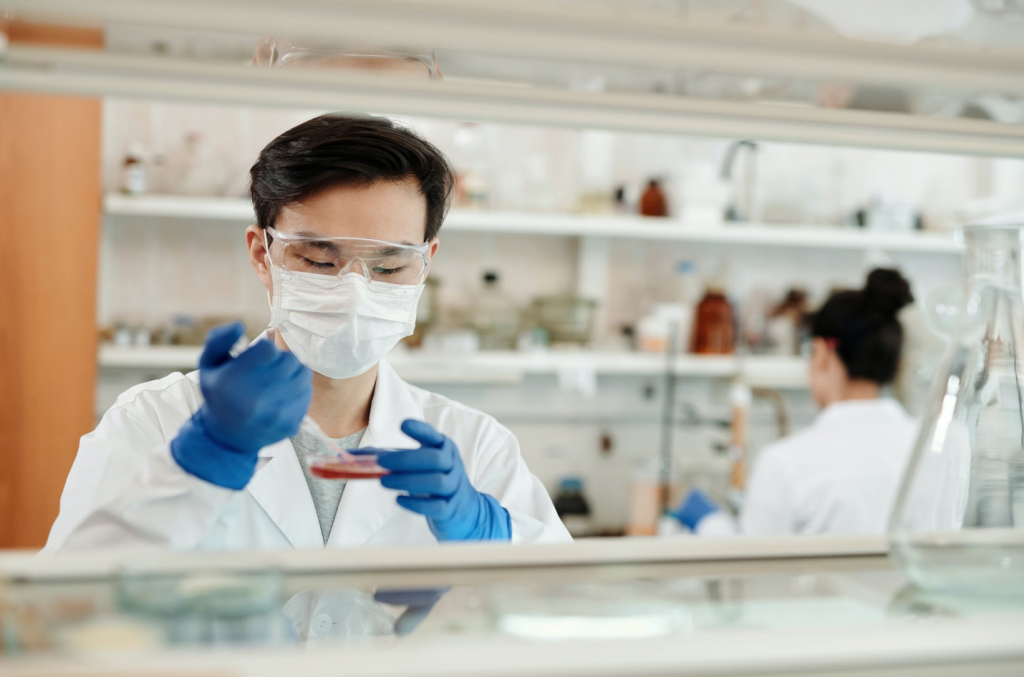Fermentation is an important component of a variety of different industries, thanks to the different ways fermentation can help those industries thrive. For example, the food and beverage industry counts on fermentation for the creation of a broad range of products, from yogurts and loaves of bread to beer and other alcoholic beverages. As such, having a way to create reliable, sustainable fermentation processes is key for larger businesses that count on this organic process in order to make their products.

When it comes to process development biotech, a company like Biotech Resources is there to help create scalable systems for handling fermentation at the commercial level. Biotech Resources has decades of experience helping a wide variety of companies’ fermentation processes, calling upon process development scientists and biomanufacturing experts to ensure that the manufacturing process goes smoothly and allows you to make your products.
All of that being said, with a new emphasis on health and sanitation because of the coronavirus pandemic, hearing that a process like fermentation (which relies directly on bacteria in order to happen) is used in so many food products might give some consumers a pause. That’s why it’s so important to understand the role of bacteria in fermentation and whether or not the fermentation process kills bacteria, making those products safe to ingest.
The Role of Bacteria in Fermentation
In order for fermentation to occur, bacteria have to be present. The bacteria themselves are anaerobic, metabolizing different kinds of sugars in order to create a variety of end-products. For example, some bacteria explicitly produce ethanol, which can be used as an alternative fuel or energy source. On the other hand, different kinds of yeasts and other bacteria produce alcoholic fermentation. In fact, fermentation is one of the oldest processes for preserving food. According to New Food Magazine, fermentation was even used in neolithic times.
Perhaps most famously, the French scientist Louis Pasteur studied the role of bacteria in fermentation. His experimentation revealed in the 1800s that it was possible for bacteria to contaminate products like beer and wine. Effectively, the bacteria would transform the beverage into a vinegary solution thanks to the acetic acid produced. Obviously, this isn’t ideal when you’re not interested in making vinegar, since that taste is going to make your product feel like it’s spoiled.
What to Do About Bacteria After Fermentation
Although Louis Pasteur is famous for his studies surrounding bacteria and fermentation, what Pasteur’s most famous for is the eponymous process he came up with, pasteurization. Pasteurization is a way to kill the bacteria present in the fermentation process by heating the liquid. Pasteurization is used in the processing of a variety of beverages and other foods, such as alcoholic beverages and even milk. Most notably, pasteurization doesn’t change the flavor of the beverage being heated up, even as it destroys the bacteria present in the drink itself.
Although there are ways to remove bacteria after the fermentation process, it’s important to note that a few raw foods or other fermented food products don’t necessarily require bacteria to be removed from them. For example, yogurt, kimchi, and drinks like kombucha generally have some bacteria present still. In fact, the presence of these kinds of bacteria is actually a sign of product quality, since those sorts of bacteria are often viewed as helpful. The reason that these kinds of bacteria are helpful is because of the fact that the gut has its own natural biome of bacteria. As such, many people classify these sorts of food items as having probiotic properties, meaning that they promote a variety of benefits both physically and mentally.

